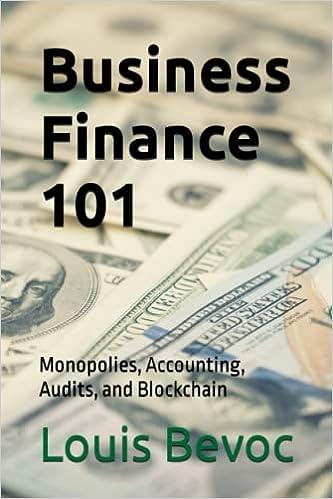

Valley Past Inc., uses the weighted average method for process costing. Valley produces oil products that pass through two sequential departments. All the materials are added at the beginning of the process while conversion costs are incurred evenly throughout the process. The work in process inventory for Department 1 at the beginning of March 2019 consisted of 12,000 gallons. There were beginning costs containing $135,000 of materials and $25,000 of Direct Labor and $10,000 of Manufacturing Overhead. During March 135,000 gallons were started in Department 1 and the costs during March were $1,235,000 for materials and $260,000 of conversion costs. The work in process at the end of March consisted of 16,000 gallons that were 35% complete. Equivalent Units and Product Cost Report - Weighted Average Method Company Name Equivalent Units Calculations, Month, 2017 Where do the units come from? Where do the units go? Physical Units Equivalent Units Direct Materials % Work Done? Direct Materials Physical Units Conversion Costs % Work Done? Conversion Costs Beginning Inventory Started Total Completed & Transferred Ending Inventory Total Completed and Transferred Ending Inventory Total Total Product Cost Report Where do the costs come from? Direct Materials Conversion Costs Unit Costs (Unit Costs for Direct Materials + Conversion Costs) Beginning Work in Process Costs Costs Added to Production Total Costs to Account for Total Equivalent Units Unit Costs (Round it to the nearst penny) (Total Costs / Equivalent Units) Where do the costs go? Direct Materials Unit Cost Equivalent Units x Conversion Costs Unit Cost Equivalent Units X Total Completed and Transferred (Total Completed and Transferred for Direct Materials + Conversion Costs) Total Completed and Transferred il Ini CV Causant lleita X Total Ending Work in Process (Total Ending Work in Process for Direct Materials + Conversion Costs) Total Ending Work in Process (Unit Cost X Equivalent Units) Total Cost Allocated (Total Completed and Transferred . Total Ending Work in Process) Total Cost Allocated (Total Completed and Transferred. Total Ending Work in Process)








